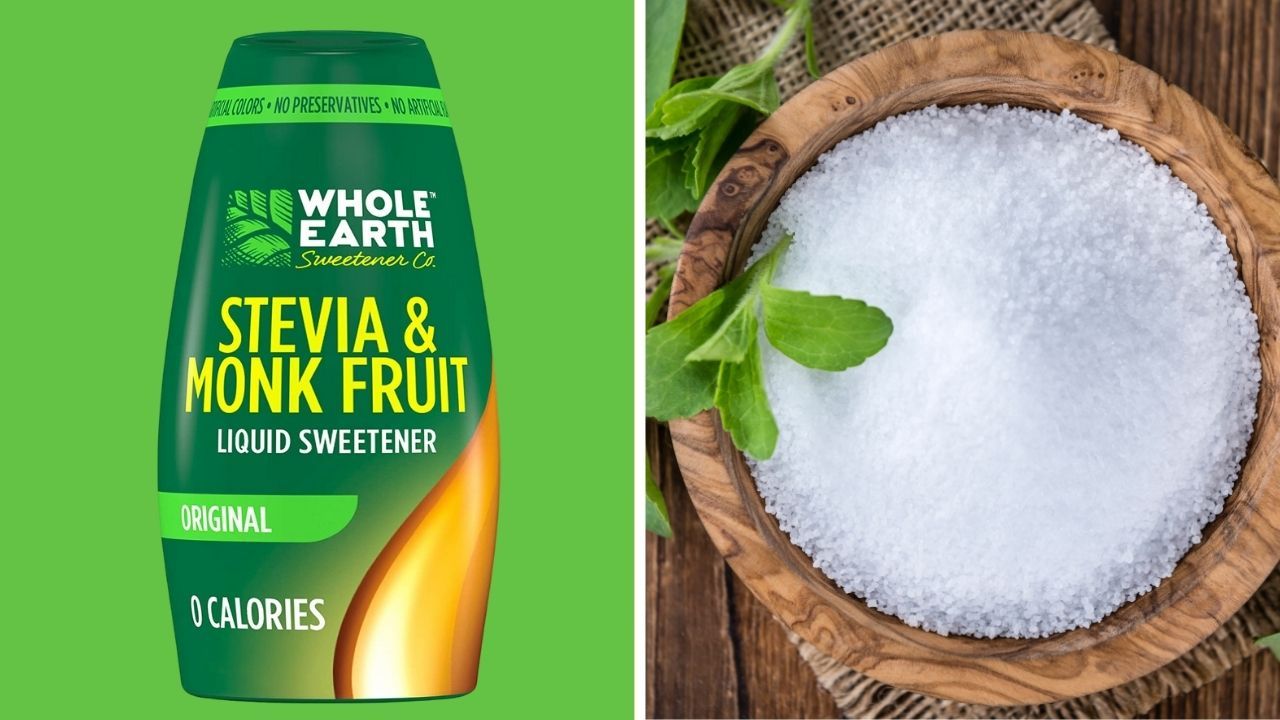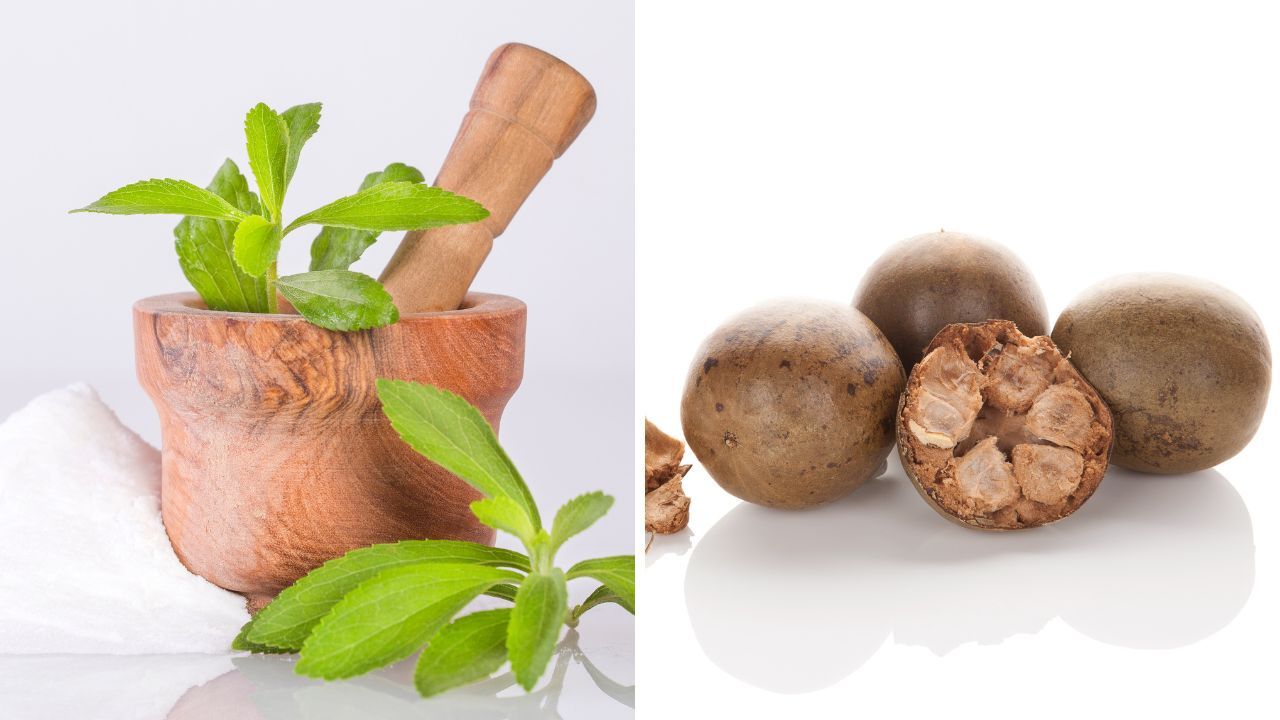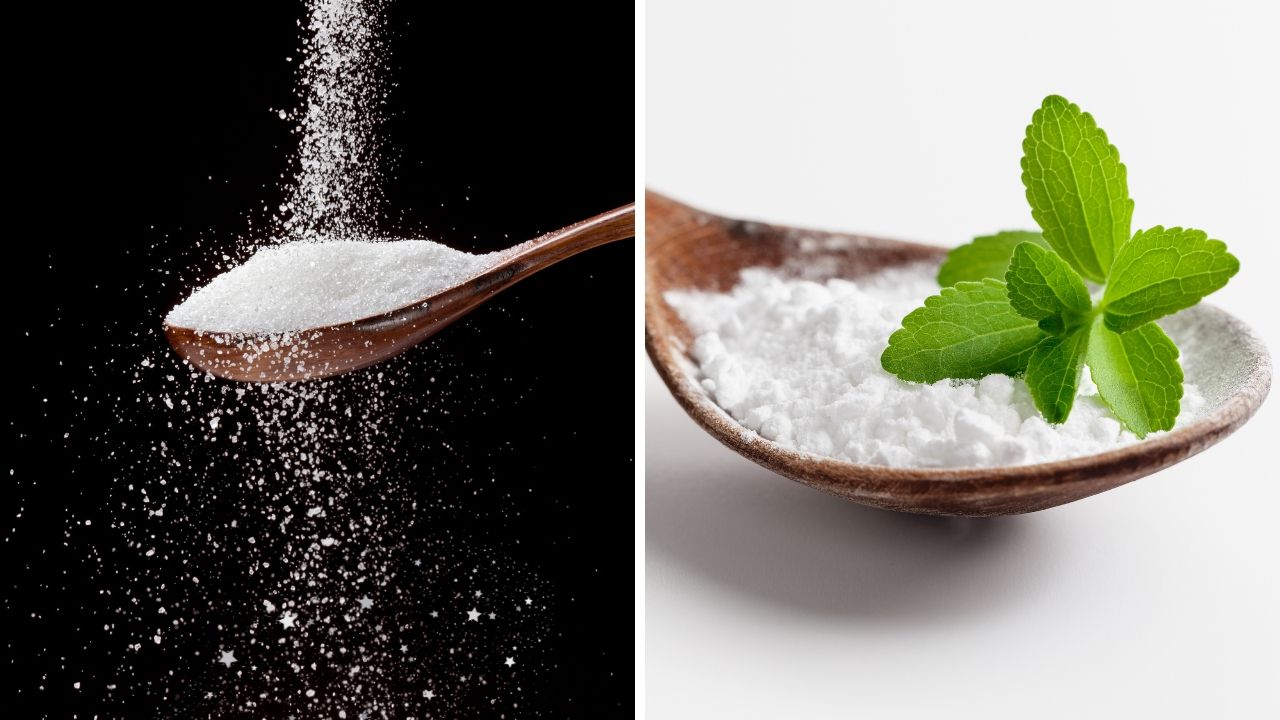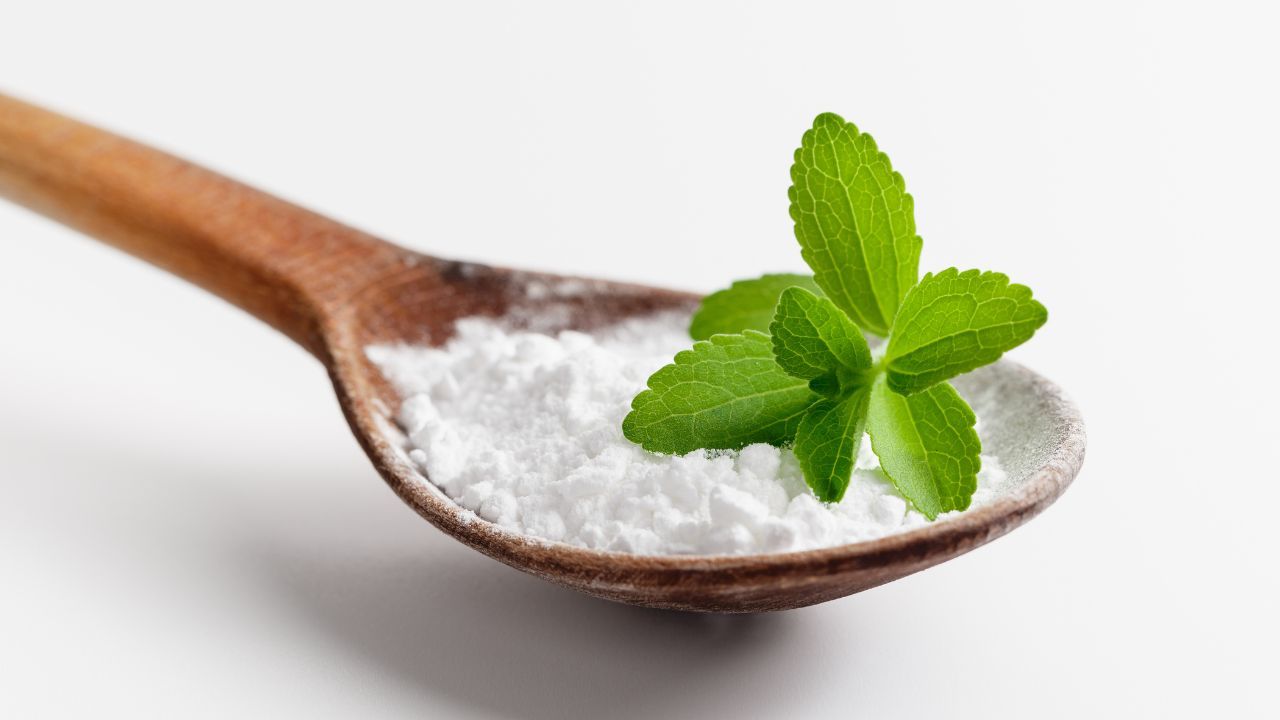
How is Stevia Made: A Sweet Journey from Leaf to Extract
Explore 'How is Stevia Made' and get insights into the extraction and purification process of this popular sugar substitute in our detailed guide.
You've probably heard of stevia, right? It's that little packet next to the sugar at your local coffee shop. But did you know that stevia is a plant-based sweetener?
That's right – this sweet substance comes from a leaf, not a grain of sugar cane or a cornstalk!
Stevia, unlike many other sugar substitutes, is calorie-free and doesn't raise blood sugar levels. It's become quite popular in recent years, especially among health-conscious consumers who are looking for healthier alternatives to sugar and artificial sweeteners.
But how does a green leaf turn into a sweetener? That's an excellent question, and it's why we're here today.
Knowing what goes into your food – and how it's made – is an important part of making informed dietary choices. So let's take a look at the fascinating process of making stevia.
History and Origin of Stevia
Stevia is derived from the leaves of the Stevia rebaudiana plant, which is native to South America.
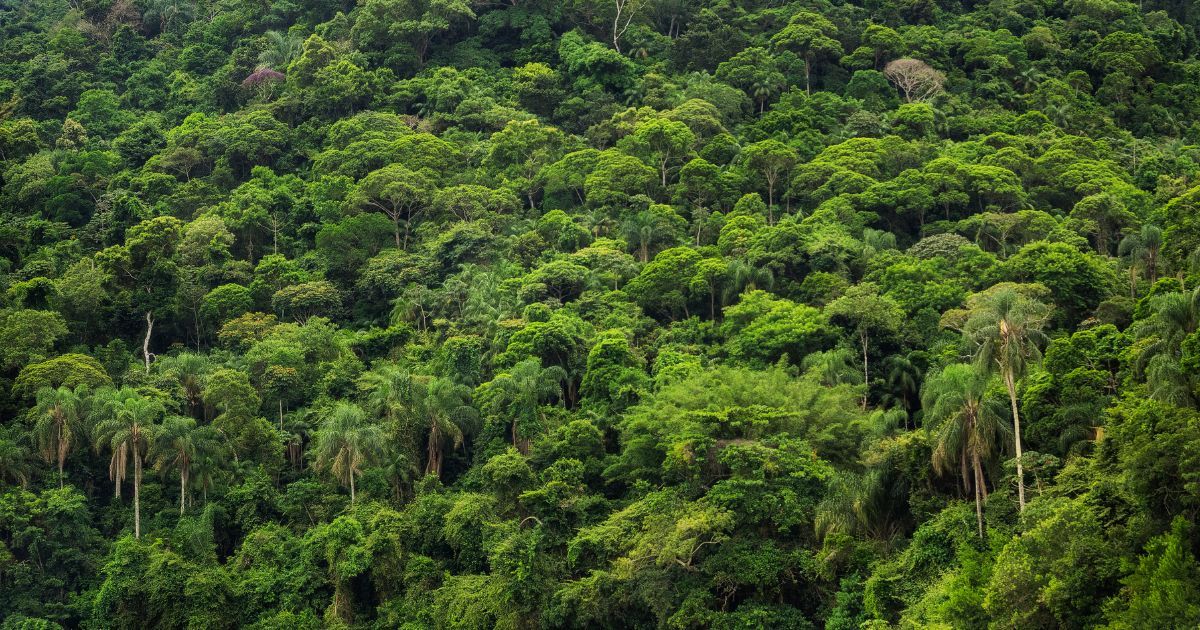
For centuries, people in Paraguay and Brazil have used the leaves of this plant, known locally as "sweet herb", to sweeten their foods and beverages.
Interestingly, the Guarani people of Paraguay have been using stevia leaves for more than a thousand years, not just as a sweetener, but also as a medicinal herb to treat various ailments.

The leaves were traditionally chewed or steeped in hot water to extract their sweet taste. This traditional knowledge was passed down through generations and eventually reached other parts of the world, including Asia, where stevia is now widely grown.
The Stevia Leaf and Its Sweetening Power
So, what makes stevia leaves so sweet? The secret lies in compounds called steviol glycosides.
These naturally occurring components are up to 300 times sweeter than sucrose, the type of sugar you'd find on your kitchen table. The most abundant of these glycosides are stevioside and rebaudioside A.
To give you some perspective, imagine a teaspoon of table sugar. Now imagine achieving the same level of sweetness with just a tiny pinch of powdered stevia!
That's the power of stevia's sweetness. But remember, because it's so much sweeter, you'll need to use less of it when substituting for sugar in your recipes.
The Process of Making Stevia
Let's continue our sweet journey by stepping into the shoes of a stevia farmer. Harvesting the stevia plant is the first significant step in our process.
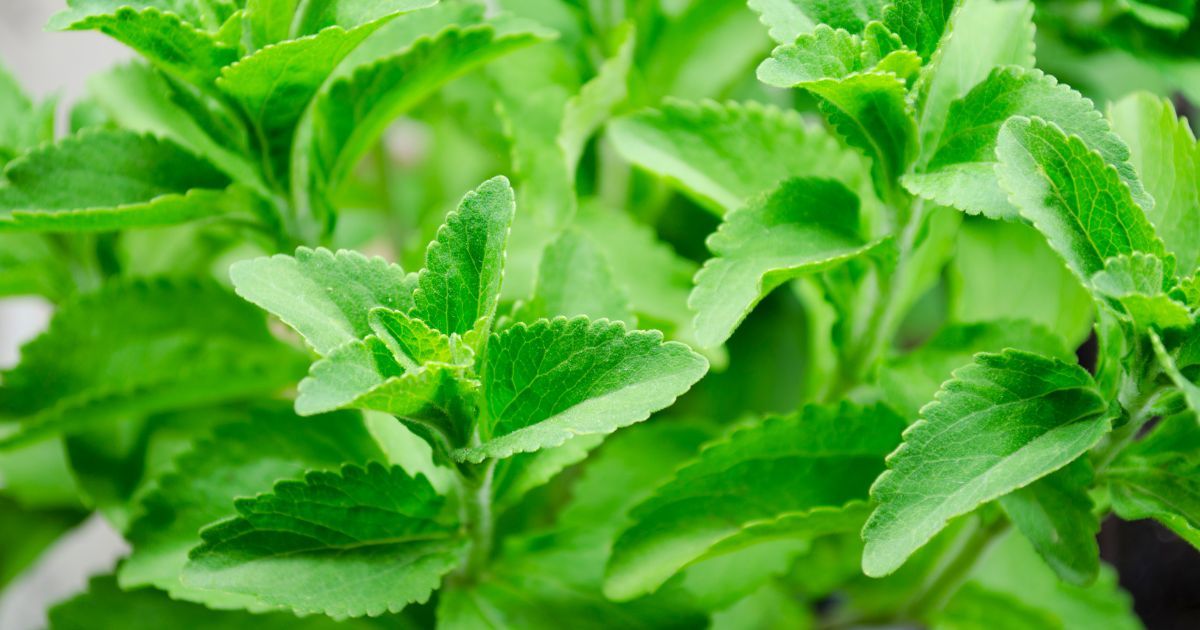
Stevia plants are typically harvested twice a year, with the highest concentration of sweetness found just before the flowering stage. It's a delicate balance to strike – waiting for maximum sweetness but harvesting before the flowers bloom.
Once harvested, the leaves are dried and then steeped in hot water, similar to how you'd make a cup of tea. This process helps to release the steviol glycosides – remember those super sweet compounds we talked about earlier?
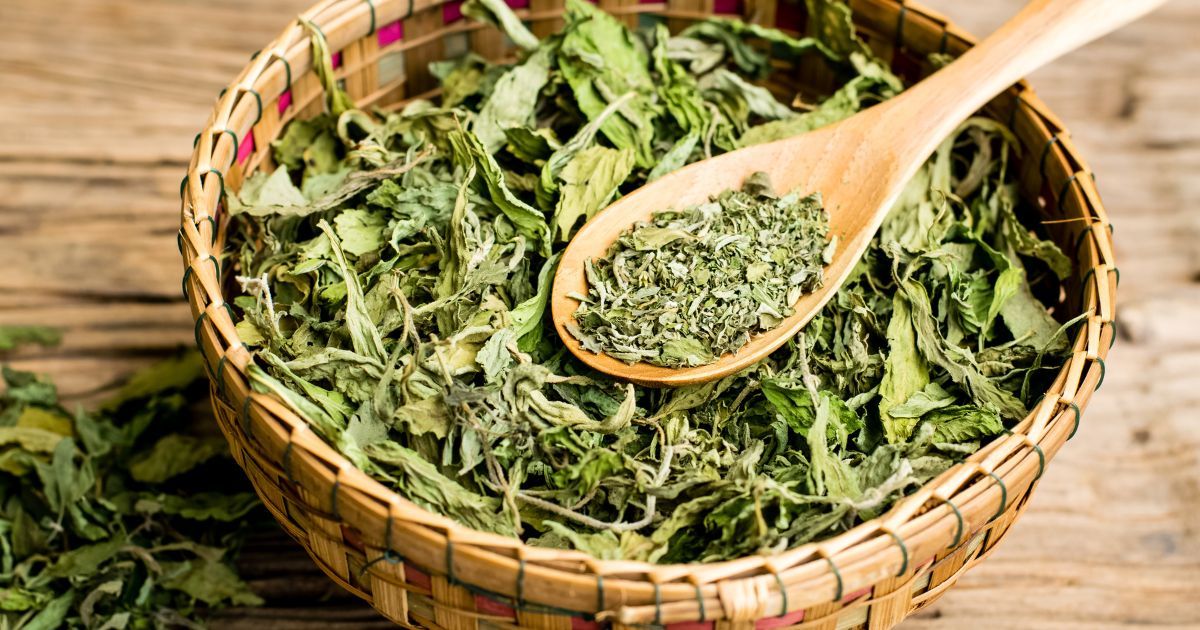
The water extract is then filtered and further processed by dissolving it in alcohol. This mixture is heated, which causes the alcohol to evaporate, leaving behind a concentrated stevia extract.
But we're not done yet! The extract undergoes a purification process to remove any remaining plant materials, resulting in a high-purity stevia extract. This purified extract is then filtered to ensure consistency and quality.
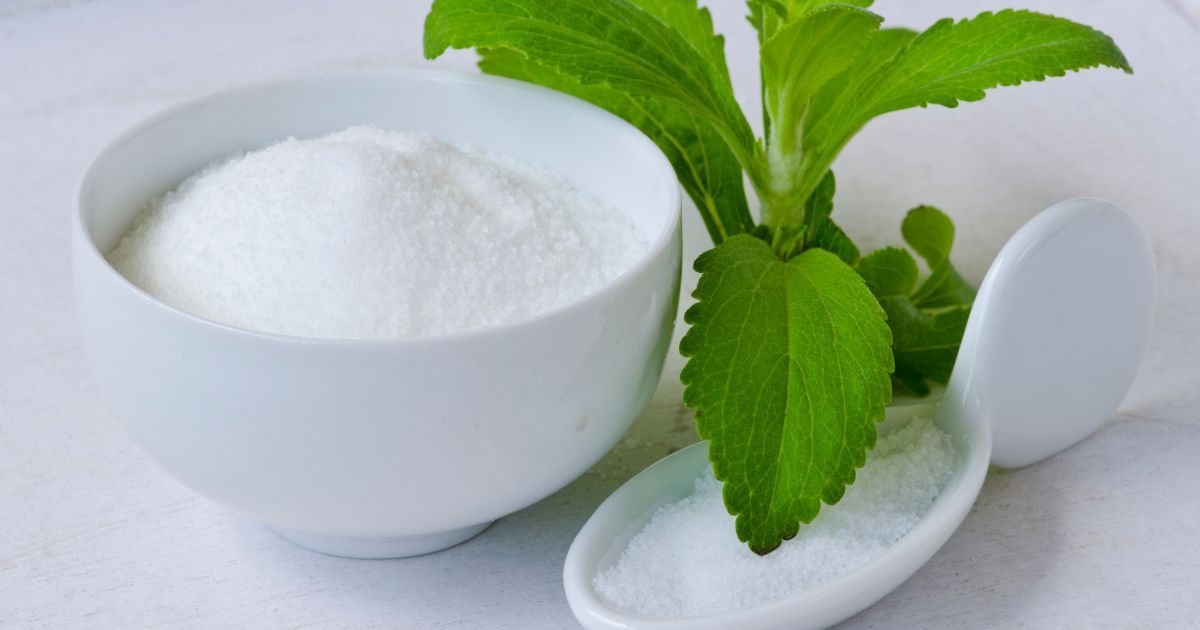
Finally, depending on the desired end product, the stevia leaf extract is either dried to create powdered stevia or mixed with water to produce liquid stevia. And voila, you have your natural, zero-calorie sweetener!
Commercial Production of Stevia
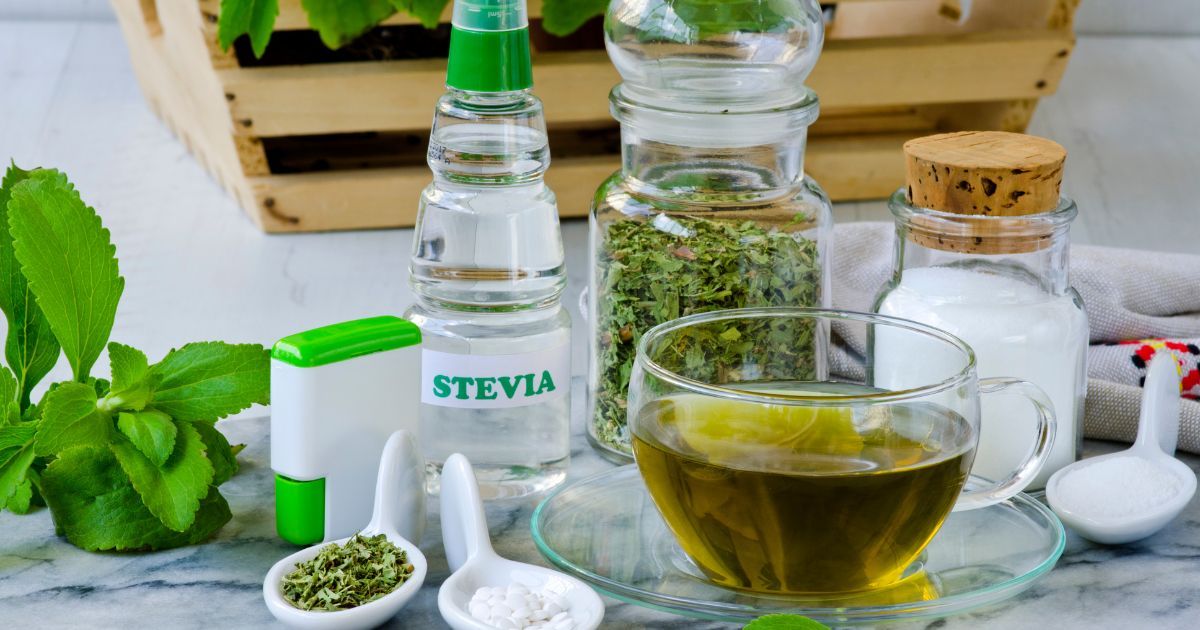
Commercial production of stevia follows a similar process, albeit on a much larger scale. Advanced technologies and equipment allow for efficient extraction and purification, ensuring a high-quality product that meets food safety standards.
You may be wondering, with all this processing, can stevia still be considered 'natural'? This is a topic of debate among consumers and industry experts.
While it's true that commercial processing involves several steps, it's important to note that these methods are designed to isolate the naturally occurring sweet compounds in the stevia leaf, without adding artificial ingredients.
Health Benefits of Stevia
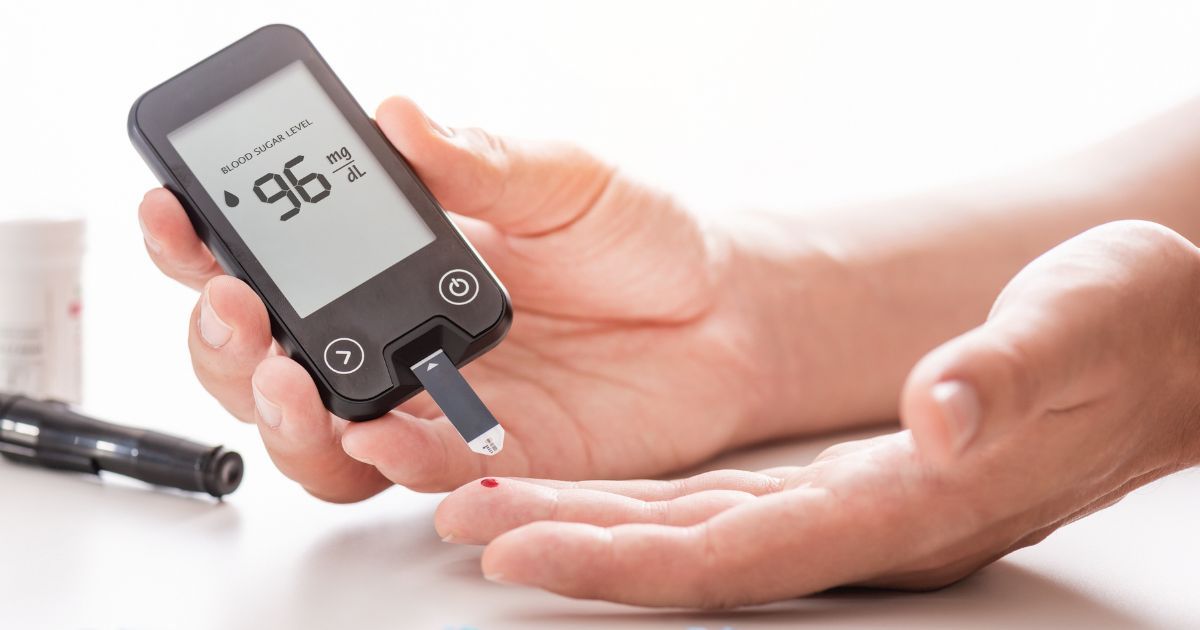
One of the main reasons people turn to stevia is its zero-calorie advantage. Unlike sugar and many other sweeteners, stevia doesn't contribute calories to your diet, making it a popular choice for those trying to lose weight or manage their calorie intake.
But it's not just about calories. Stevia has also been shown to have little to no effect on blood glucose levels, making it a safe choice for people with diabetes.
- In fact, some research suggests that stevia might even have beneficial effects on insulin sensitivity.
Together, the zero-calorie nature of stevia and its lack of impact on blood sugar levels make it an excellent tool for weight management.
When used as part of a balanced diet, stevia can help reduce overall sugar and calorie intake, supporting healthy weight maintenance or weight loss. Phew! That was a mouthful (of sweetness!).
Possible Side Effects of Stevia
Stevia is generally considered safe for most people, but like any substance, it can cause side effects in some individuals. Here are some possible side effects associated with stevia:
- Gastrointestinal Issues: The most common side effects reported by users of stevia are related to the gastrointestinal system. These include bloating, nausea, and diarrhea. It's worth noting that these symptoms may be linked to sugar alcohols that are sometimes added to stevia products.
- Numbness and Dizziness: Some people have reported experiencing numbness and dizziness after consuming stevia.
- Hypotension: Stevia may cause blood pressure to drop too low in some individuals, a condition known as hypotension.
- Potential Endocrine Disruption: There is a concern that stevia could potentially disrupt the endocrine system, although more research is needed to fully understand this potential side effect.
- Hypoglycemia: While stevia is often used as a sugar substitute by those looking to control blood sugar levels, in some cases, it can lead to extremely low blood sugar levels or hypoglycemia.
- Potential Impact on Kidneys and Cardiovascular System: There are concerns that raw stevia herb may harm your kidneys, reproductive system, and cardiovascular system. More research is needed to establish the extent of these effects.
- Allergic Reactions: Although rare, there have been reports of allergic reactions to stevia, including symptoms such as rashes and difficulty breathing.
It's important to note that while these side effects are possible, they are not common and usually occur only when stevia is consumed in large amounts.
Why Stevia Doesn't Completely Replace Sugar
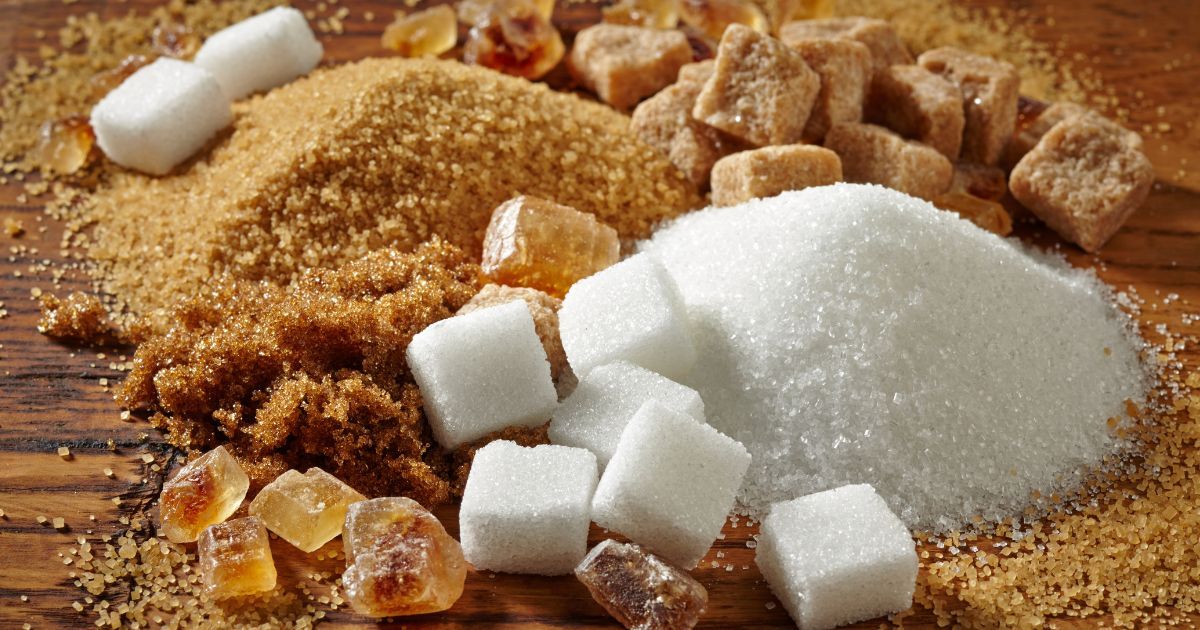
As we near the end of our sweet journey, you might wonder, "If stevia is so great, why don’t we replace sugar with it altogether?" Well, while stevia does have many advantages, there are a few reasons why it hasn't completely ousted sugar from our pantries.
First, let's talk about taste. Stevia is incredibly sweet, but it also has a distinctive taste profile. Some people find it has a slight licorice or metallic aftertaste, which can be more noticeable in larger quantities. In contrast, sugar has a pure sweetness that's hard to replicate.
Additionally, sugar doesn't just sweeten – it also contributes to texture and volume in baking.
- If you've ever tried replacing sugar with stevia in a cake recipe, you may have noticed it doesn't turn out quite the same.
- That’s because sugar creates a tender crumb, helps baked goods brown, and provides moisture – things stevia simply can't do.
Alternative Zero-Calorie Plant-Based Sweeteners
- Allulose Sweetener: This is a plant-based sugar substitute that has zero calories and no aftertaste. It's a great option for coffee, drinks, tea, cooking, and baking.
- Erythritol: A sugar alcohol that occurs naturally in fruits, erythritol is about 60% to 70% as sweet as sugar but with virtually zero calories.
- Monk Fruit: Monk fruit sweeteners are another zero-calorie, plant-based sweetener. It's derived from a small melon native to Southeast Asia and is significantly sweeter than sugar.
Frequently Asked Questions
Is Stevia Chemically Processed?
While the commercial production of stevia does involve a series of extraction and purification steps, it’s important to remember that these processes are used to isolate the naturally occurring sweet compounds in the stevia leaf. So, while it may seem like a lot of chemistry, it's really about harnessing nature's sweetness in a form that's easy for us to use.
Is Stevia really all-natural?
Stevia is a natural sweetener and sugar substitute derived from the leaves of the Stevia rebaudiana plant. However, commercial stevia products undergo processing to extract the sweet compounds, and some brands may mix stevia with other ingredients, which can vary the level of naturalness in the end product.
How is Stevia healthier than sugar?
Stevia offers several health advantages over sugar. Firstly, it's calorie-free, making it a great choice for anyone watching their calorie intake. Secondly, it doesn't spike blood sugar levels, which can be particularly beneficial for people with diabetes. And finally, unlike sugar, stevia doesn’t contribute to tooth decay – a sweet bonus indeed!
Why does Stevia not replace sugar?
While stevia is a potent and healthier sweetener, it doesn't completely replace sugar due to its unique taste profile, which some find to have a slight metallic or licorice aftertaste. Additionally, sugar plays a crucial role in providing texture and volume in baking, a function that stevia cannot replicate.
Does Stevia cause cancer?
Based on current research and statements from health organizations, there is no clear evidence that purified stevia glycosides cause cancer when used in appropriate amounts. In fact, both the U.S. National Cancer Institute and Cancer Research UK have stated that stevia products do not appear to cause cancer.
It is important to note that some concerns were raised in the past about potential cancer risks related to stevia, but these claims have since been refuted by further studies. However, as with all things, moderation is key when using stevia or any other sweetener. [source]
Bottom Line
So, there you have it! We’ve traveled from the fields where stevia plants grow, through the intricate process of extraction and purification, and landed in your pantry. It's been a fascinating look at how this natural, zero-calorie sweetener is made.
While stevia may not completely replace sugar, it certainly has a valuable role to play in a balanced diet. Whether you're managing your weight, controlling your blood sugar levels, or simply trying to reduce your sugar intake, stevia offers a sweet alternative that can help you meet your health goals.
Thank you for joining us on this exploration of stevia. We hope you've learned something new and feel empowered to make informed choices about the sweeteners you use. Stay sweet!
Recommended For You...
